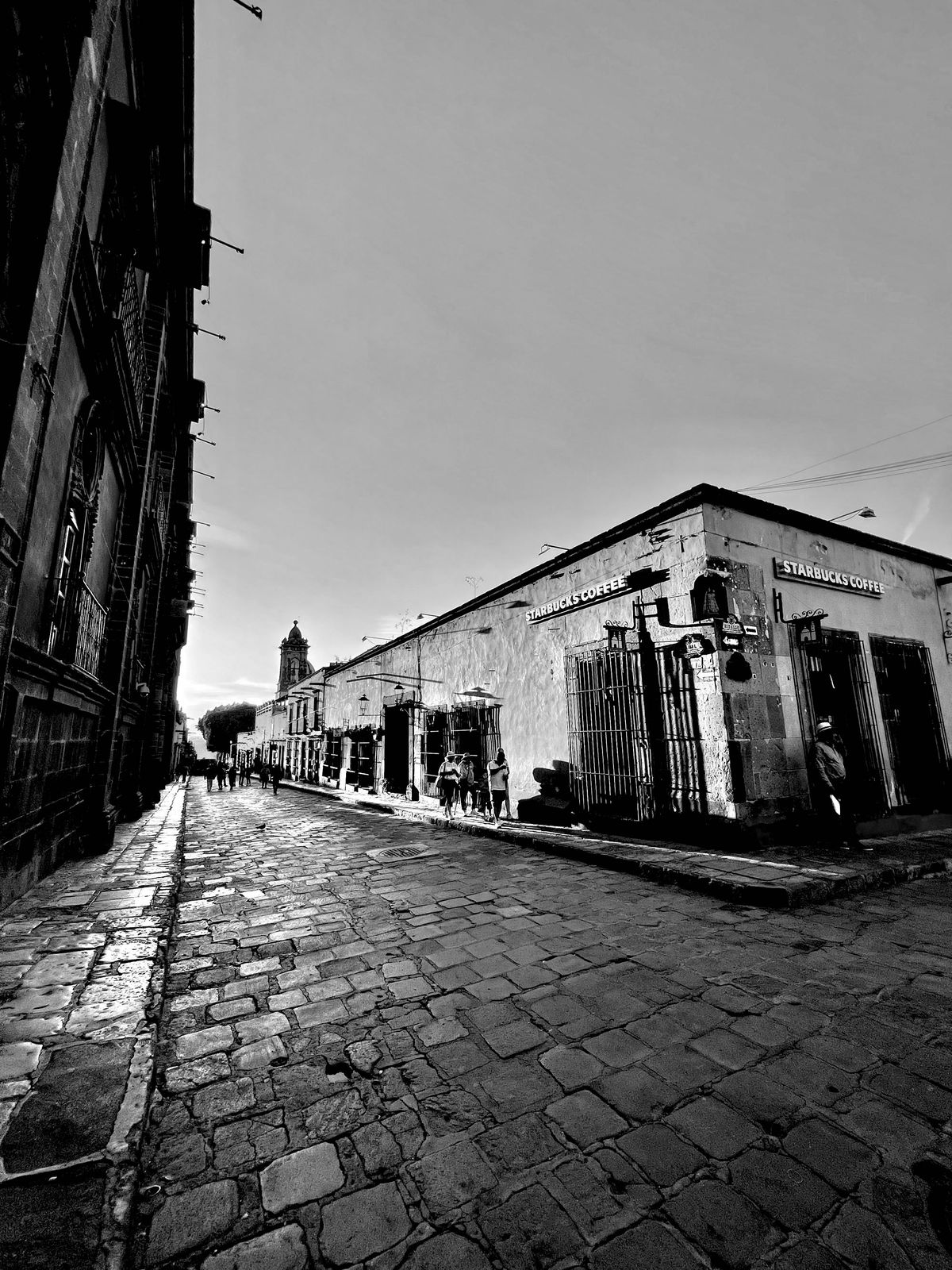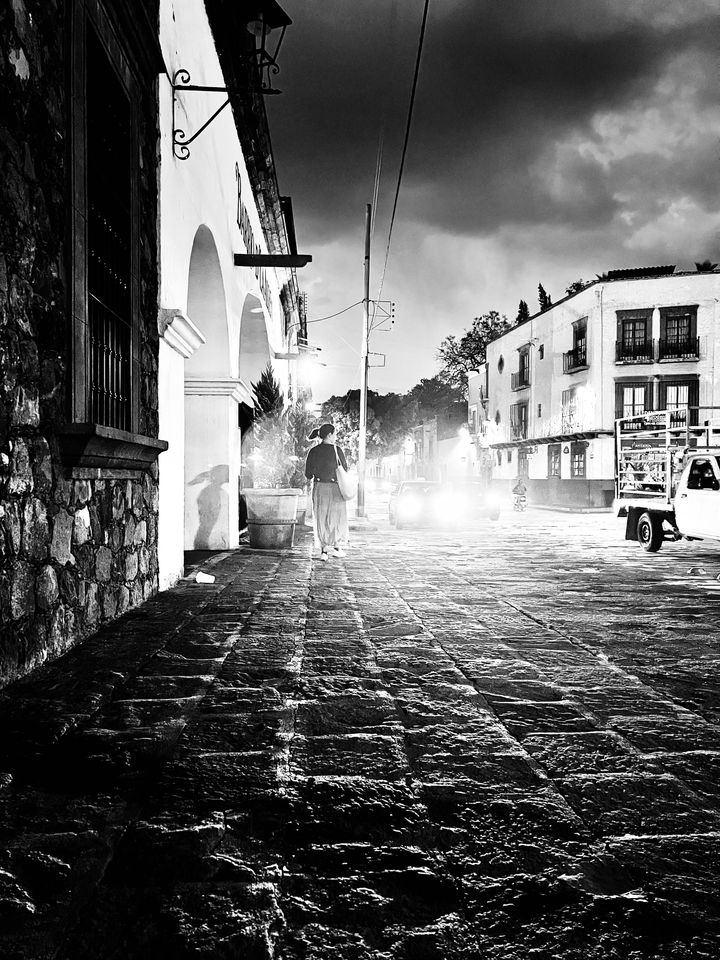From Urban Jungle to Urban Oasis: The Positive Impact of Blending Brands with Urban Fabric on Citizen Experience

Have you ever walked down a street in your city and felt like the architecture and urban design was completely destroyed by the presence of a big box store or a fast-food chain? It's no secret that many popular brands have a negative impact on the visual and social fabric of our cities, creating a cacophony of colors and shapes that clash with the existing architecture and degrade the citizen experience. But amidst this sea of visual noise, there is one brand that has managed to seamlessly integrate into the urban landscape, creating a unique blend of global branding and local design: Starbucks in Mexico.
Lately, I've had the pleasure of exploring the stunning cities and coastlines of Mexico through my travels. Mexico is a country with a rich cultural heritage and a diverse architectural landscape. From the ancient ruins of the Mayan and Aztec civilizations to the colorful colonial buildings of the Spanish era, Mexico's architecture is a fascinating blend of history and modernity.
In recent years, the country has seen a surge in urban development, and this has led to a new wave of modern architecture that is trying to blend into the existing urban fabric.
The negative effects of lousy urban planning and the haphazard blending of retail and restaurants in cities cannot be overstated. The lack of thoughtful planning in the construction and placement of commercial buildings often results in a visually chaotic and overwhelming environment. The colors, shapes, and signs of competing businesses clash with one another, creating a cacophony of visual noise that can lead to feelings of anxiety and stress in urban residents and visitors.
In addition to the visual pollution, the lack of careful urban planning often results in a degradation of the citizen experience. The placement of commercial buildings in areas not meant for them can create problems with traffic flow and pedestrian safety, leading to frustration and even accidents. Furthermore, the proliferation of chain stores and restaurants at the expense of local businesses can lead to a loss of community character and identity.
The end result is a cityscape that is hostile to its inhabitants, leaving them feeling disconnected and overwhelmed. It's no wonder that so many people retreat into their homes and online communities, seeking refuge from the sensory overload of the urban environment.
This is why it's so refreshing to see examples like Starbucks in Mexico, where a global brand has made a concerted effort to blend into the local architecture and culture, creating a unique and inviting space that enhances the urban experience.
By considering the needs of the local community and respecting the architectural heritage of the area, Starbucks has created a model for global brands to follow. It's an approach that not only benefits the brand but also the citizens who live and work in the area.

Starbucks' success in Mexico is due in part to its sensitivity to the country's architectural heritage.
One example of this approach can be seen in the Starbucks store in the historic center of Mexico City. This location was designed to reflect the city's colonial architecture, with a grand entrance and a vaulted ceiling that recalls the city's elegant arcades. The store also features a colorful mural inspired by the work of Mexican artist Frida Kahlo, adding a touch of local flavor to the global brand.

Photo by Martin Birac
Another example of Starbucks' sensitivity to local design can be seen in the company's store in Paseo de la Reforma, one of Mexico City's most iconic boulevards. The store's façade features a series of arches that echo the architecture of the surrounding buildings, while the interior is designed to create a warm and inviting atmosphere that is a perfect fit for the bustling urban landscape.
By incorporating local design elements and adapting its stores to fit in with the existing urban fabric, the company has created a brand that feels both global and local at the same time.
In conclusion, Starbucks' integration into the architecture of Mexico's cities is a testament to the company's sensitivity to local design and its commitment to creating a brand that is both global and rooted in the communities it serves.
As Mexico continues to grow and evolve, it is exciting to see how Starbucks and other global brands will continue to adapt and evolve to fit into the country's rich architectural heritage.
From Martin with ❤️. Martin is founder of StoreDNA.


Comments ()